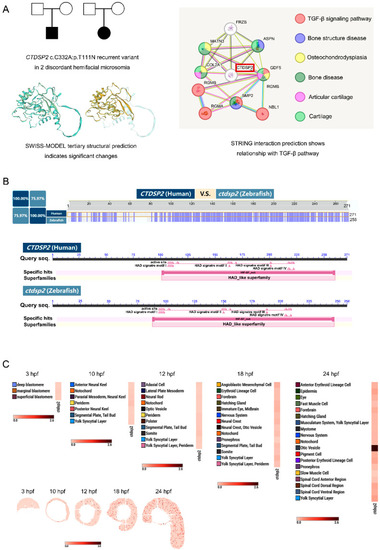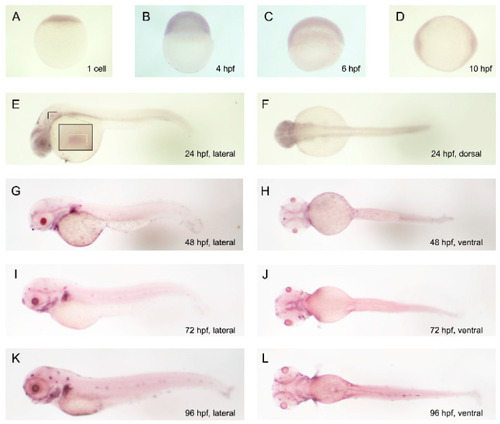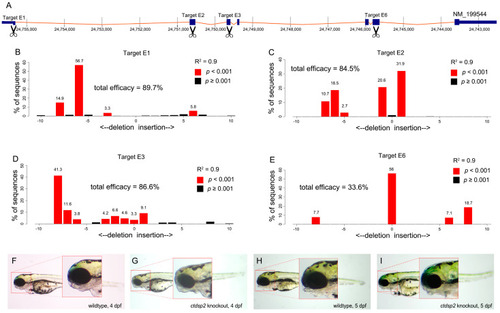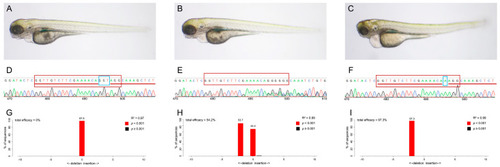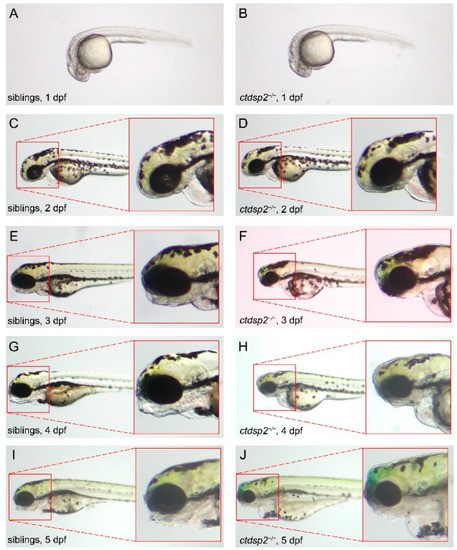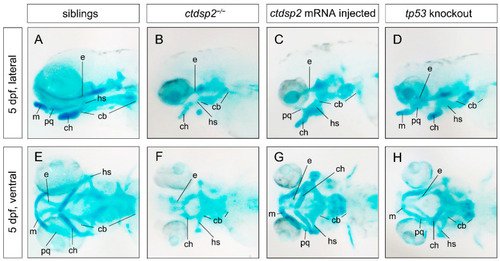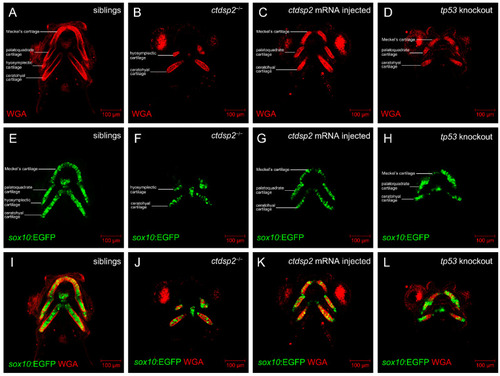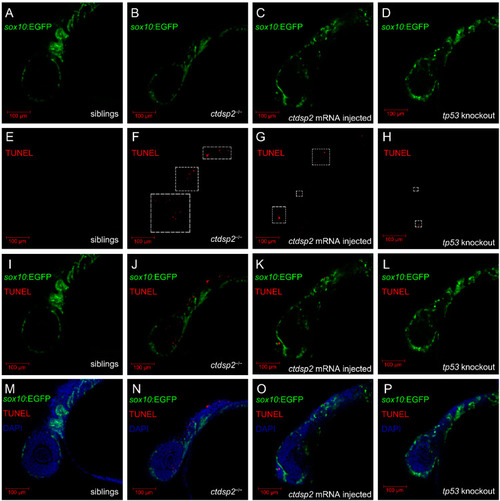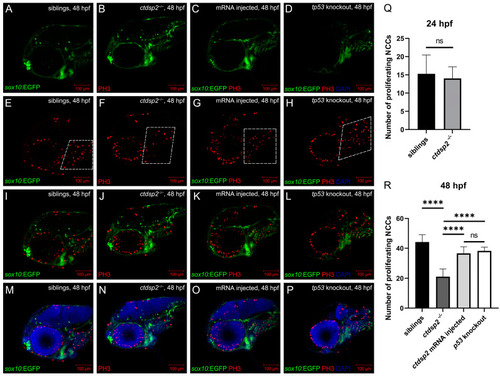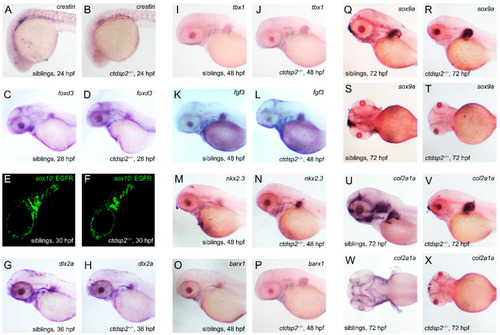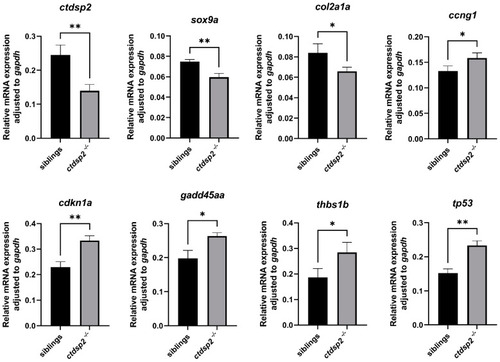- Title
-
ctdsp2 Knockout Induces Zebrafish Craniofacial Dysplasia via p53 Signaling Activation
- Authors
- Xia, X., Song, W., Zhang, F., Fan, Y., Zhang, B., Chen, X.
- Source
- Full text @ Int. J. Mol. Sci.
|
Identification of |
|
Temporal and spatial expression patterns of |
|
Knockout of |
|
( |
|
Phenotypic comparison between |
|
Staining results of pharyngeal arch cartilages using Alcian blue in various groups: ( |
|
Comparative analysis of chondrocyte morphology in ( |
|
Analysis of somatic cell apoptosis in ( |
|
Immunofluorescence results depicting NCC proliferation through antiphosphohistone H3 (PH3) staining in ( |
|
The impact of |
|
qPCR analysis of gene expression in |

